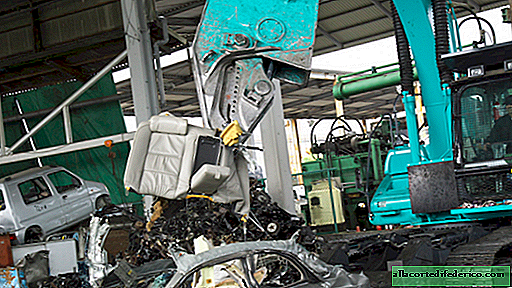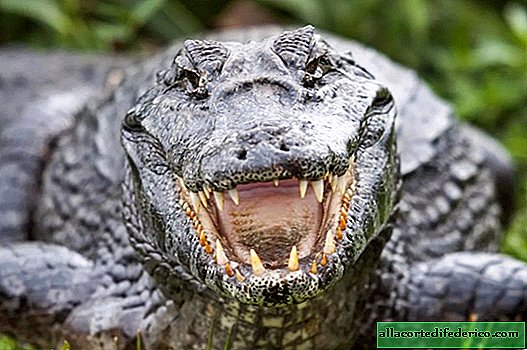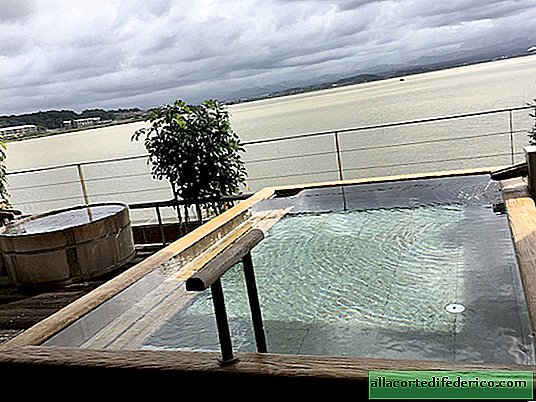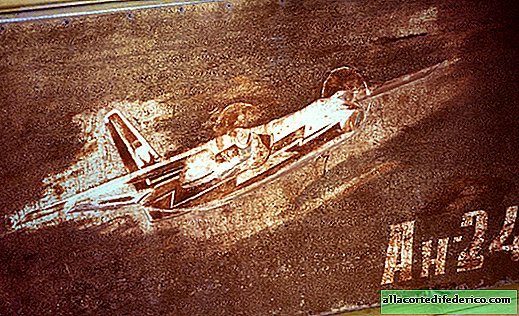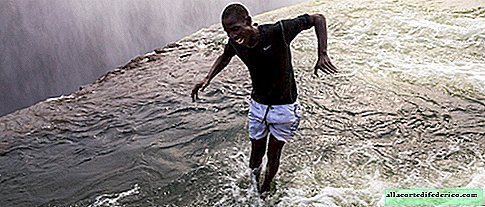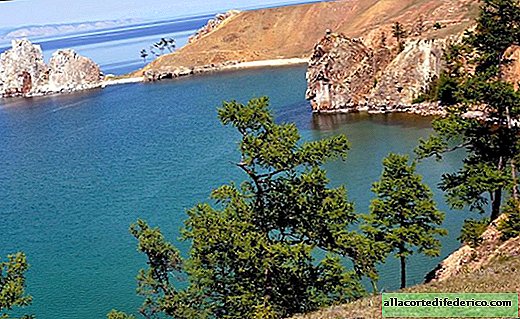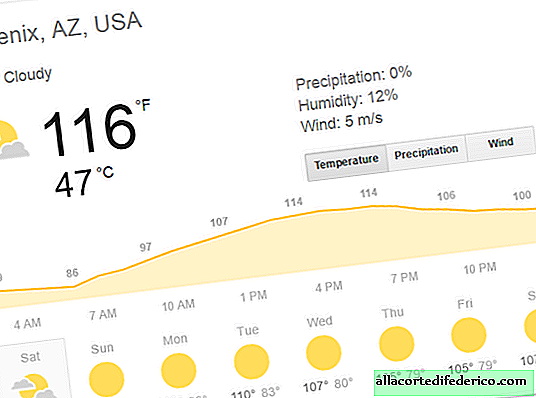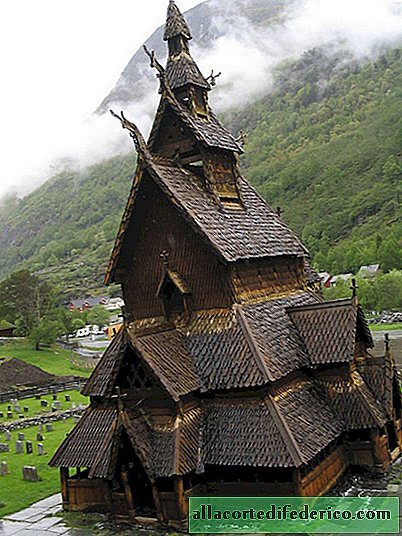Six-meter crocodiles and marriages that cannot be dissolved: 10 facts about the Philippines
What do we know about the Philippines - a distant island nation lost in the vastness of the Pacific Ocean? This is an amazing country with a variety of natural and cultural attractions, and here are just a few facts that will allow you to get to know the Philippines.
Thousands of islands
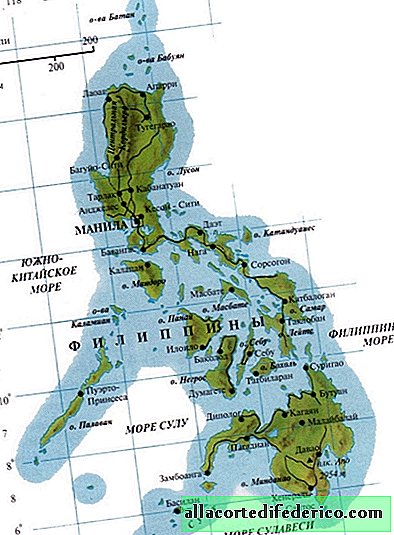
The state is located on the islands, of which there are more than 7000. Naturally, most of them (more than 5000) are uninhabited, and do not even have a name.
Flipable Flag

The Philippines has the most unusual flag in the world. The fact is that in peacetime, the blue bar is located above, and the red one is below, but if the Philippines are at war, then the colors change places: the upper one is red, the lower one is blue.
The largest combed crocodile in the world

The fauna of the Philippines, like most tropical countries in the world, is very diverse. The size of local animal species is also impressive. For example, in 2011 in the Philippines, the largest combed crocodile in the world was caught. The giant's weight was 1075 kilograms, and the length of his body exceeded 6 meters. The crocodile received the name Lolong and lived in captivity until 2013.
Divorce Prohibited

The Philippines has very strict family law. Here, as in the Vatican, divorces are prohibited. From a legal point of view, only Filipinos who practice Islam can get divorced. In exceptional cases, the remaining Filipinos are divorced, but the case must be truly unique, and the divorce process will be very expensive and may take several years. Therefore, when Filipinos get married, it’s forever.
Descendants of Africans

Representatives of the unique Aeta people live on the islands of Luzon, Negros, Panay and Mindanao. Aeta, or Negro, are direct descendants of the region’s oldest autochthonous population. Their ancestors came here directly from Africa, so the aeta are not at all like their Asian neighbors, but rather resemble African pygmies: they have Negroid facial features, curly hair and short stature.
National hero

Europeans learned about the islands after the Spanish expedition of Fernand Magellan in 1521. In 1565, the Spaniards founded a colony here. Magellan himself died in the Philippines after an uprising of local residents led by the leader of Lapu-Lapu. Today, Lapu-Lapu is revered as a national hero, and a monument has been erected to him.
The country bears the name of the Spanish king

Despite the fact that the Philippines fought for independence from Spain, a colony of which they have been a colony for more than 300 years, the country is still named after the Spanish king Philip II, and the mandatory study of Spanish in schools was canceled only in the 80s of the last century . True, about 10 years ago, Spanish still returned to local schools, but it turned out that most of the population, in addition to their native language, prefers to communicate in English. The replacement of Spanish with English among leaders and civil servants, scientific and creative intelligentsia occurred under the influence of the American administration during almost half a century of American possession of the Philippines (from 1898 to 1946 with a break for Japanese occupation during World War II).
Manila - one of the most populated cities on the planet

Manila is one of the most densely populated cities not only in the Philippines, but also in the whole world. Despite the fact that the population of the Philippine capital is not so large (about 1.6 million people), the area of the city is only 38.5 square kilometers, for this reason the city has such a high population density.
Organ with bamboo pipes

The San Jose Church in Manila houses the world's only bamboo organ. A unique tool consists of 1031 bamboo tubes.
Philippine coconut oil

The Philippines is the leading producer of coconut oil in the world. About 85% of all oil entering the world market is produced in this country.

